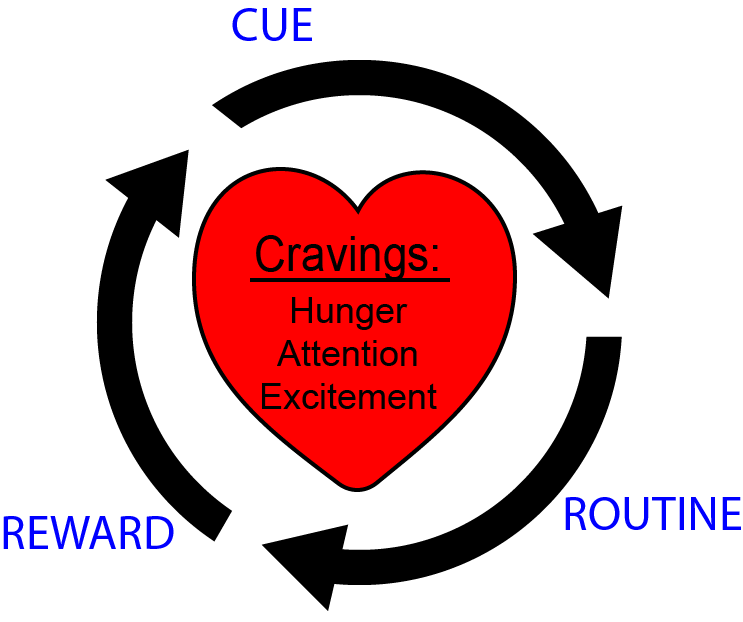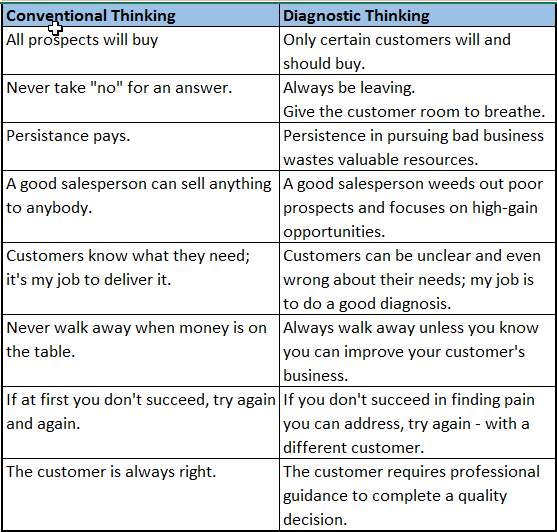Author: Miguel de Cervantes
Format: Audible
Subject: Chivalry
Rating: 6/10
Summary:
Wow, Don Quixote is an absolute beast of a novel. The story’s protagonist, Alanso Quixano, is an old man who has read way too many books about chivalry, goes insane, and dubs himself a Knight Errant. And he gives himself the name Don Quixote, and recruits a local farmer by the name of Sancho Panza, to be his squire.
He re-imagines the world he interacts with. Windmills become giants, Inns become Castles, prostitutes become Ladies… He re-dubs a local farm girl to be, Dulcinea del Toboso, and declares his undying love for her. And his love for Dulcinea remains a driving force for Quixote throughout the novel.
During the first part of the book his adventures bring him to stiff inn-keepers of payment (who ever heard of a knight errant paying for anything,) fighting windmills he believed to be giants, and setting prisoners free. He also sequesters himself in the mountains as self punishment until he receives a letter from his beloved Toboso.
Eventually, a book is written about the adventures of Don Quixote. And the duo is ultimately brought into the care of a Duke and Dutchess who pretend to be admirers. However, the two actually developed several schemes designed to further humiliate the knight and his squire including: making Sancho a governor of an island, Sancho beating himself to break a curse on Dulcinea, and baiting Sancho to pull out his own beard to resurrect a dead woman.
Quixote’s adventures are finally brought to and end when he is challenged to a dual by Knight of the White Moon, (who is actually an ordinary young man from Quixote’s home town.) The terms of the dual require the loser to give up Chivalry for a period of one year. After losing his final dual, Quixote, retires back to his home and formulates a plan to be a Shepard.
What I Liked Most: I really enjoyed Don Quixote’s faithful squire, Sancho Panza. He is someone of a simpleton, and often serves as the fall guy for many of the procrastinator’s mis-adventures. In many ways, he serves as the books stooge and comic relief.
Central Themes:
- If you never try anything great, you will never achieve anything great. (Don’t allow others to stop you from achieving something they thought to be impossible.)
- Believe in yourself. Don’t give up on your dreams.
What I Liked Least: I was always taught to write as concisely as possible, and to avoid unnecessary words. Apparently, this rule doesn’t apply to novelist. The story contains many, many, many long-winded, letters, songs, and other side-stories that I personally don’t think added a lot of value to plot.
Twist Ending: The ending is somewhat anti-climatic. But, I was surprised that before Don Quixote passed away, he renounced the books of chivalry and forbade his niece to marry any man that read them. Cervantes apparently intended the novel to expose books of chivalry as garbage writing.
Favorite Quotes:
- What man can pretend to know the riddle of a woman’s mind?
- Take my advice and live for a long, long time. Because the maddest thing a man can do in this life is to let himself die.
- What is more dangerous than to become a poet? which is, as some say, an incurable and infectious disease.
Side Note: I began this book on 12 September, so it took me the better part of three months to finish it.


 ?
?